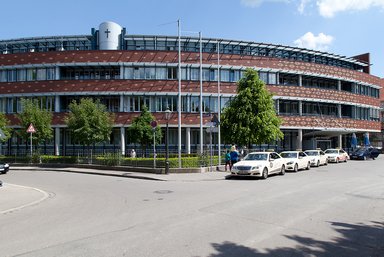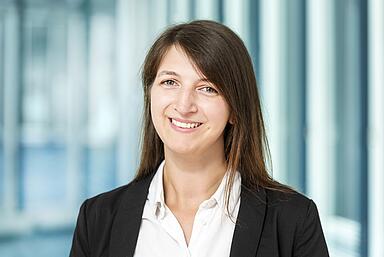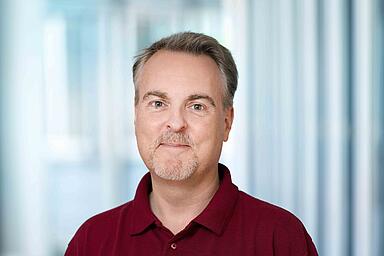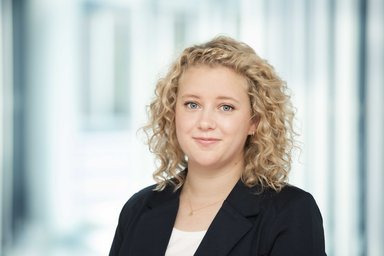Departement of Phlebology and Vein Deseases in Vincentinum Clinic Augsburg
Vein disorders such as varicose veins and spider veins are among the absolute widespread diseases and are absolutely not just a cosmetic issue. In fact, if left untreated, they can also have serious side effects such as phlebitis, thrombosis or an open leg. The Department of Phlebology and Vein Surgery at the Vincentinum Clinic offers a comprehensive and highly qualified range of diagnostics and therapies for venous diseases of all severity and complication levels.
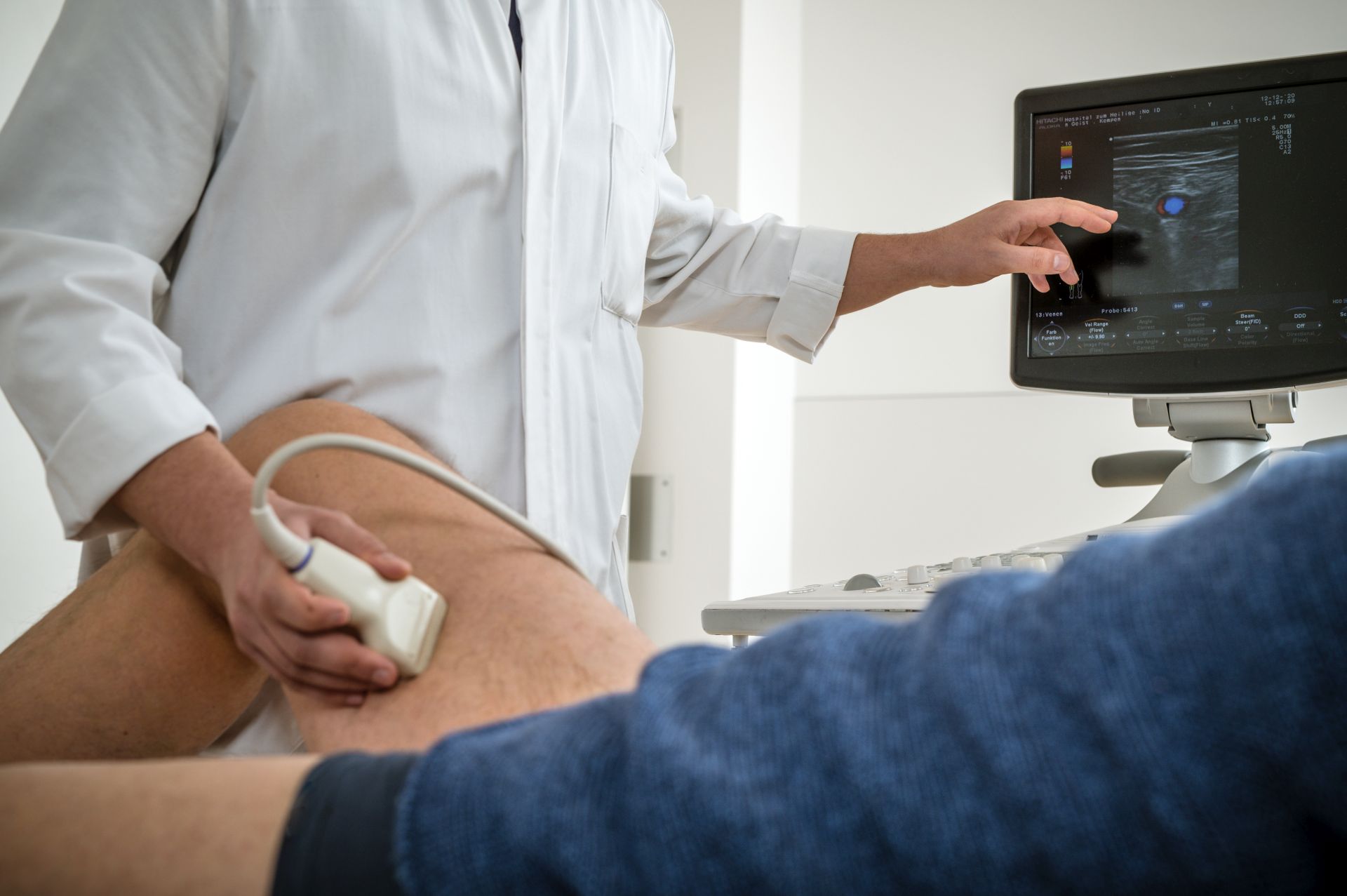
The team around Senior Consultant Tobias Meinhold also benefits from the embedding of the Vincentinum Clinic in the Artemed clinic group, whose vein centers form Germany's most experienced network for the treatment of phlebological diseases. Bevor he came to Vincentinum Clinic, Tobias Meinhold was at the Artemed Specialist Clinic in Munich, the largest center for veins and skin in southern Germany.
In spite of his outstanding clinical expertise in the specialist field of phlebology and vein surgery, Head of Departement Tobias Meinhold attaches great importance to the human component of his work. His greatest concern is comprehensive advice and, in particular, the satisfaction of his patients following treatment. Our medical staff are competent, experienced, and open to our patient’s questions and wishes. Every patient receives individual care with their personal situation always taken into account — from the first examination to the follow-up treatment. A follow-up survey allows patients to evaluate how satisfied they were with their treatment. The hospital has received excellent ratings and recommendations from its patients.
Diseases

- Spider veins
- Thrombosis
- Ulcus cruris
- Varicose veins
- Venous disorders
- Venous inflammation
Diagnosis and treatment
Venous disorders such as varicose veins (varices) and spider veins are diagnosed externally using ultrasound (Doppler sonography and color-coded duplex sonography) or infrared (light reflection rheography LRR). The examination is completely painless for the patient and only takes a few minutes. The doctor determines whether the blood is transported back to the heart in the leg veins normally or whether there is a venous disease. When the venous valves no longer close properly and / or the veins are dilated, various types of varicose veins and spider veins develop.
Depending on the diagnosis, the doctor discusses with the patient which therapy is most suitable for him to remove the varicose veins or spider veins. From the classic surgical procedures to the minimally invasive techniques, the doctor can fall back on a wide range of treatment options. These are:
- Crosectomy and stripping: This classic surgical procedure is the gold standard method for treating varicose veins on the saphenous veins, especially if the patient suffers from severe symptoms or secondary diseases such as an open leg are foreseeable. First, the connection between the superficial and deep venous system in the groin (venous star / krosse) is severed trough a small skin incision. In order to avoid recurrence of the stem vein varices, the vein stump is completely removed and closed with a special suture technique (femoral suture). Then a probe is inserted into the varicose saphenous vein, with the help of which the diseased vein is simply pulled out.
- Phlebectomy: This surgical method is often used to remove smaller varicose veins. Several small micro-incisions with a maximum length of 2 mm are made along the affected vein, through which the individual vein sections are pulled out.
- Radio frequency technology: This endoluminal procedure is a minimally invasive alternative to stripping. Under ultrasound control, a catheter is inserted into the diseased vein through a small skin incision, usually on the lower leg. The released thermal energy (radio frequency) shrinks the vein wall, which closes the vein.
- Sclerotherapy: Minimally invasive sclerotherapy (sclerotherapy) is the standard method for removing spider veins, but it can also be used for reticular varicose veins. With the help of a small needle, a sclerosing solution is injected into the diseased vein, which irritates the vein wall and closes the diseased vein. The blocked vein then slowly dissolves.
After the treatment, the missing vein does not restrict the blood flow in the body. The remaining part of the venous system easily takes over the tasks of the removed or closed varicose veins or spider veins. With all methods, at the Vincentinum Clinicwe do not only pay attention to a high medical standard, but also attach great importance to obtaining an aesthetic result, for example through the smallest possible incisions in the skin.
Contact
T 0049 821 3167-300
phlebologie@klinik-vincentinum.de

